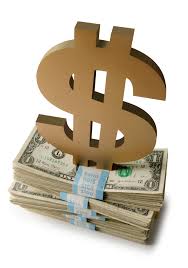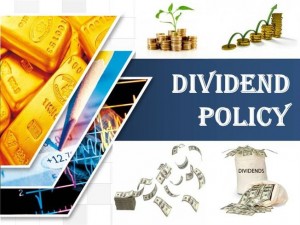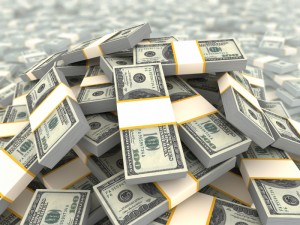Introduction:
Capital structure determines the types of fund a firm seeks to finance its investment opportunity and the proposition in which these funds should be raised. If the propositions of own capital is more than debt capital, the return and risk of the shareholders will be much less.
- The leverage analysis is the technique used by business firm to quantify risk-return relationship of different alternative capital structure.
- In finance leverage is used to describe the firms ability to use fixed cost assets and funds to magnify the return to its owners.
- When volume of sales changes, leverage helps in increasing the firms profit. A high degree of leverage implies that there will be a large change in profit as result of relatively small changes in sales and vice versa.
Types of leverage:
- Operating leverage
- Financial leverage
- Combined Leverage
Operating leverage:
Operating leverage implies use of fixed cost in the operating firm. Every firm has tin incur fixed cost irrespective of volume of production or sales. Since fixed cost remains constant, even a small change is sales brings about a more than propionate change in operating profit.
The firm’s ability to use fixed operating cost to magnify the effect of changes in sales on its earnings before interest and tax.
Degree of Operating Leverage:
Degree of operating leverage(DOL) depends upon the amount of fixed cost element in the cost structure. A firm is said to have a high degree of operating leverage it if employs a greater amount of fixed cost and a smaller amount of variable cost
- Operating leverage tell the impact of changes in sales in operating income.
- Firm having higher DOL can experience a magnified effect on EBIT for even a small changes in sales level.
- Higher DOL can increases operating profit, but if there is decline in sales, EBIT may be wiped out & loss may be occurred
- Operating leverage depends on fixed cost, if fixed cost is higher firms operating leverage and operating risk will be higher
Financial Leverage:
- Financial Leverage occurs when a firm uses more fixed interest / dividend bearing securities i.e debentures and preference share, along with equity to improve return on equity.
- Firm fixed financial charges will not vary with operating profit.
- The reaming EBIT, after paying fixed charges belongs to equity shareholders.
- Financial leverage is concerned with the effect of changes in EBIT on earnings available to equity share holders (EPS).
- Firms ability of firm to use fixed financial charges to magnify the effect of changes in EBIT on the firm’s EPS.
Degree of Financial Leverage:
- Degree of financial leverage(DFL) is the percentage changes in taxable profit as a result of percentage changes in operating profit.
- Financial Leverage is favorable when the firm earns more on the investment/ assets financed by sources having fixed charges.
- Shareholder gain in a situation where firm earns a high rate of return and pay a lower gain on a situation where the firm earns a high rate of return and pays a lower rate of return tp supplier of long term funds.
Combined leverage:
Both Operating leverage and financial leverage closely concerned with firm’s capacity to meet its fixed cost. If both this leverages are combined, the result obtained will reveal the effect of changes in sales over changes in taxable profit or EPS.
- Combined leverage establishes relationship between sales and corresponding variation in taxable income.
- Combined leverage shows combined effect of financial and operating leverages.
- A high operating leverage and high financial leverage combines very risky, if firm is producing and selling at high level, it will make extremely high profit for its shareholders. But even a small fall in the level of operations, would result in a tremendous fall in EPS.
- High operating leverage and low financial leverage indicate that the management is careful since higher amount of risk involved in high operating leverage has been sought to be balanced by low financial leverage.
- More preferable situation would be to have a low operating leverage and high financial leverage. As low operating leverage would automatically imply that the firm reaches its break-even point at a low level of sales.
Click here for government certification in Accounting, Banking & Finance





3 Comments. Leave new
Informative.
very well structured !
the concept of leverage is explained very well !
precise and to the point !
nicely explained. Person with low finance knowledge would understand easily